The post-war requirements of the Brabazon Committee of civil aviation in Great Britain for a modern passenger transport, led several aircraft manufacturers to present their different projects and alternatives, when finally Vickers developed a medium size, economical, four-engine turboprop suitable for the short and medium range routes needed in the country and Europe. Together with BEA (British European Airways) the final version was agreed upon and the prototype made its maiden flight in July 1948. It was called the Viscount V. 630. This is how one of the most graceful and elegant airplanes in the history of civil aviation was born.
The Viscount quickly became very popular with most European airlines and soon it became the most important addition to the fleets of the larger North American operators Capital Airlines, Northeast and Continental. In Latin America, the Viscount became very popular with Cubana de Aviación, Linea Aeropostal Venezolana, TACA International and VASP. Very soon airports saw crowds of people who wanted to take a closer look at this marvelous airplane with its distinctive whispering sound coming from its powerful four Rolls Royce Dart engines, and graced with those large oval windows that passengers were delighted to enjoy in flight.
The turbo-prop era arrived in Colombia later than in other neighboring countries. The main reason being that the flag carrier AVIANCA, leader in the country did not use this type of aircraft and decided to replace their aging propliners by pure jet equipment in their international services and later in the domestic trunk routes. There were several Viscounts already flying in the Caribbean, Brazil, Venezuela, Uruguay and Central America when the first Viscounts arrived in Colombia in 1968.
The first attempt to introduce the Viscount in Colombia took place in 1955, when negotiations between Vickers and the prosperous Lloyd Aéreo Colombiano took place. In September 1956 an agreement was signed for the purchase of three aircraft. Lloyd Aéreo had been founded in 1954 with the support of the military regime in power at the time. It had developed a comprehensive network of domestic passenger services using Curtiss C-46s and was venturing on international services to Guayaquil and Miami via Havana, Cuba.
The three units, Series 786D, were assigned Colombian registrations in 1957. At that time a group of six Colombian pilots were sent to England for training and completed their type certification for the Viscount. Only one was painted in full color scheme and was ready for delivery; HK-943X had been given the name “Santa Margarita” but was never delivered. HK-946X “Santa Marta” and HK-947X “Santa Lucia” were not taken up. Lloyd Aéreo had already suffered financial difficulties before the delivery of the aircraft. But with the fall of the military regime, the Colombian Peso was devalued drastically and made it impossible for the airline to comply with the payment plans in U.S. Dollars. The three aircraft were actually owned by the Kaysam Investment Corporation, a company owned by Samuel Kay of Miami, who had drawn the financial plan for Lloyd Aéreo. As the deal was scrapped, Kaysam decided to sell the aircraft to third parties in Central America.
With Aerolíneas TAO
It was not until 1968 when the Vickers Viscount finally flew in the Colombian skies. Aerolíneas TAO, previously known as Taxi Aéreo Opita -TAO- had been operating since 1957 from its home base in Neiva in Southern Colombia and using a strong fleet of Curtiss C-46s and DC-3s.
Three Viscounts, HK-1057, HK-1058 and HK-1061 were acquired from ALITALIA and soon they were put into service on the newly assigned routes in the country. The aircraft entered service wearing the basic ALITALIA colors minus the green component of the Italian flag. The company’s insignia and the small Colombian flag completed Aerolineas TAO’s color scheme. The first services were undertaken from Bogota to Neiva and Florencia and a weekly service to the island of San Andres. Later on, services to Bucaramanga and Cucuta were added to the network.
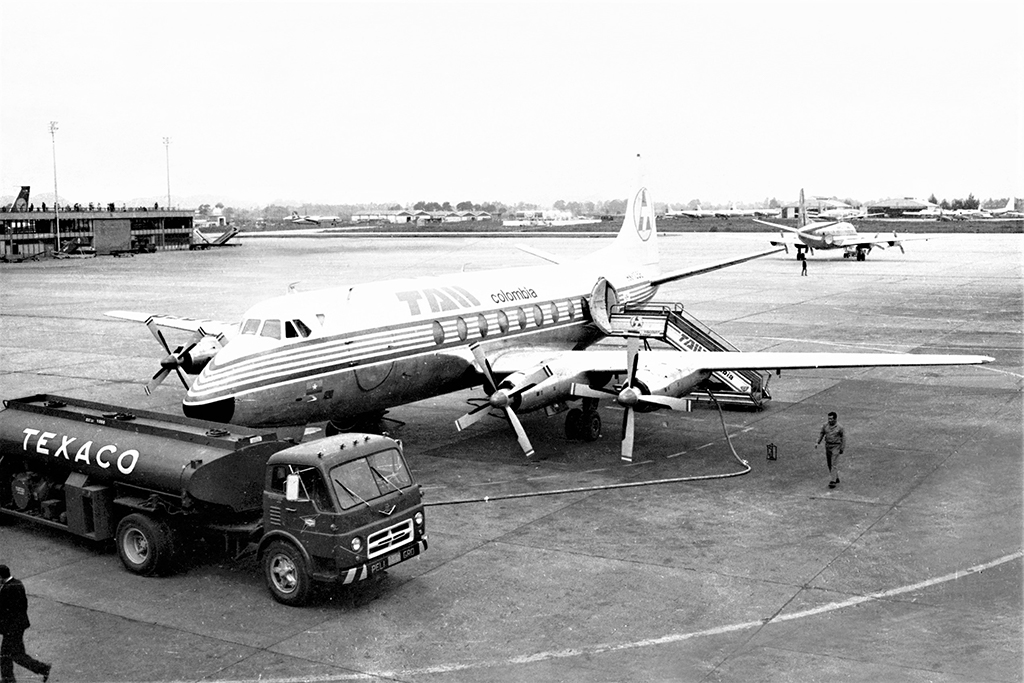
These aircraft went through a series of incidents worth mentioning. On the 7th of October 1971, HK-1061 suffered an emergency hard landing in Neiva damaging a wing. Two weeks later HK-1057 also suffered a hard landing, this time in Bucaramanga. The damage was extensive and at the time it was declared by the insurance company as a total loss. A whole wing was then removed from HK-1057 and carried by road to Neiva. It was fitted to HK-1061. A British Aircraft Corporation team together with Butler Aviation technicians arrived from Great Britain to pursue such task. On a closer inspection, they found that HK-1057 could ultimately be repaired. It was then that a fourth Viscount was acquired from ALITALIA. The ship registered I-LOTT was quickly cannibalized for spares in Italy, brought to Colombia and fitted to HK-1057. Surprisingly, after a few months’ hard work, both wing sections had been fitted to HK-1057 together with other vital components and it was ready to fly again. A couple of years later Viscount HK-1058 also received a wing “transplant”, this time from sister ship I-LIRG, also acquired for spares in Italy. The three aircraft continued to fly with Aerolíneas TAO for a couple of years, and now included the city of Armenia in their scheduled flights.
In 1972 two unprecedented events took place in the annals of Colombian civil aviation history. On the 18th of July, TAO’s Viscount HK-1058 was on a scheduled flight from Bogota to San Andrés Island with an intermediate stop in Cartagena. Suddenly the General Manager of the airline, Mr. Suarez entered the cockpit waving a gun and demanding to be allowed to take control of the plane. Subsequently, shot the pilot in command dead and created total chaos. The copilot managed to restrain Mr. Suarez with the help of the flight engineer and the flight attendants, the plane landed safely shortly after in Cartagena. Mr. Suarez was arrested and sent for psychiatric evaluation. It was clear that he was suffering of chronic mental illness.
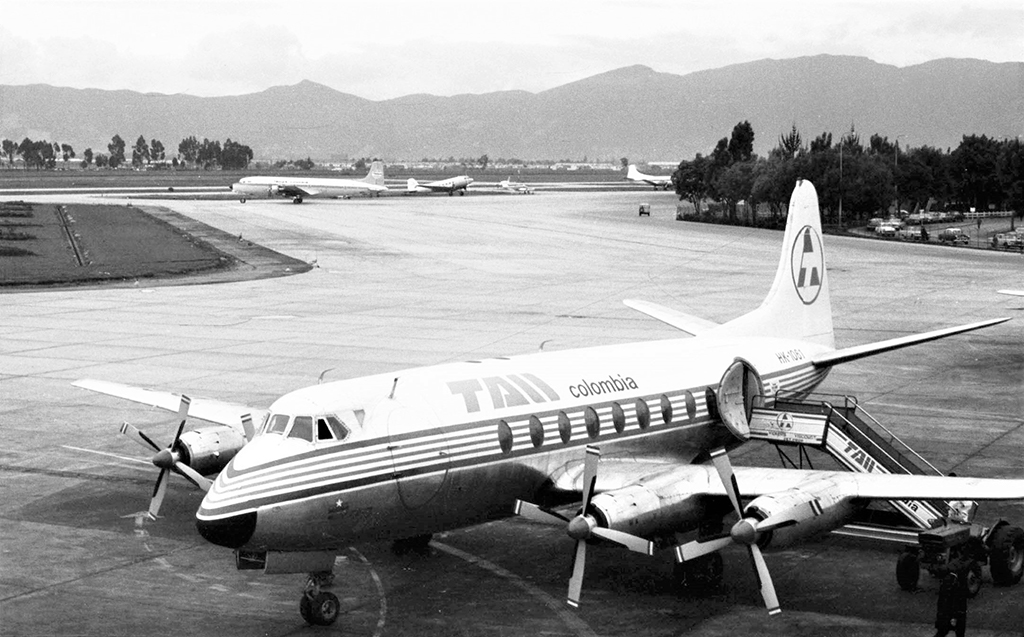
Shortly after, again the same ship was involved in another incident. On the 25th of August, HK-1058 was on a scheduled flight from Neiva to Bogota, when four armed passengers entered the cockpit demanding the flight to be diverted and flown to Cuba. The plane with 31 passengers on board made a refueling stop in Barrancabermeja. Women and small children were allowed to disembark and then proceeded to be flown to Havana. Late afternoon, the Cuban authorities received the hijackers with open arms and released the passengers and crew. The plane returned to Colombia the next day.
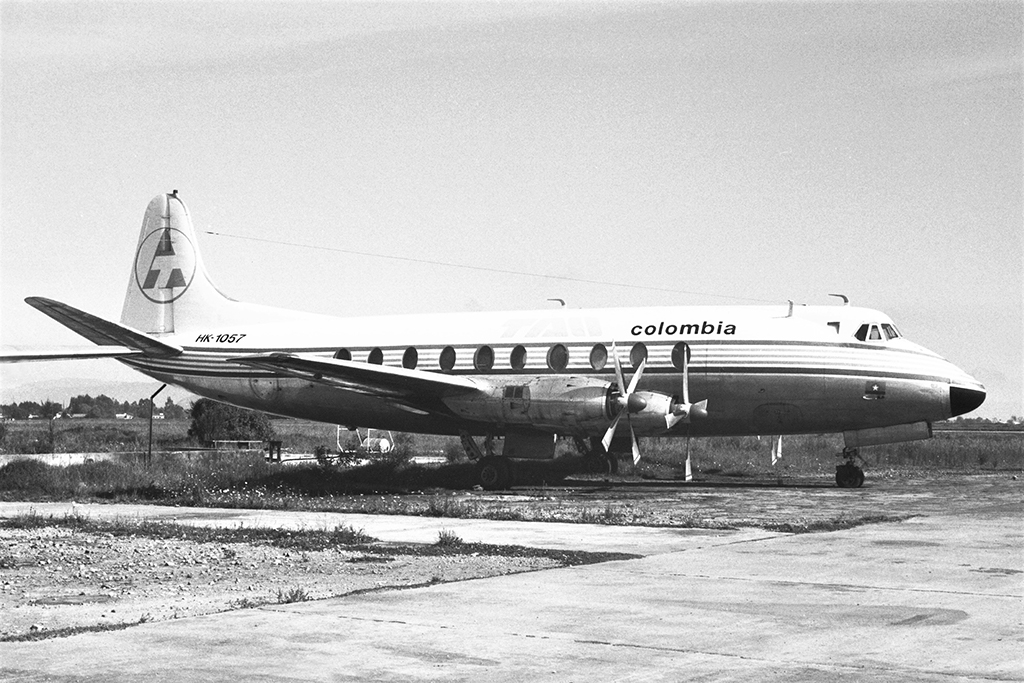
On the 8th of July 1974, HK-1058 “Espumas” suffered a fatal crash when on approach to Bucaramanga airport. All 31 on board including the crew members, lost their lives. Apparently, the cause of the crash was metal fatigue in the wing section of the aircraft. The Civil Aviation Authority grounded the company’s remaining Viscounts and their airworthiness certificates were revoked. HK-1057 and HK-1061 languished for a long time at Eldorado international airport until finally being scrapped. Aerolíneas TAO suspended all operations due to heavy financial difficulties and for being unable to comply with the assigned routes.
With AEROPESCA
The airline AEROPESCA had been formed in the early sixties as a cargo operator in the rugged Southwestern jungle region of Colombia, operating a strong fleet of Curtiss C-46s. In November 1971 two Viscounts HK-1319 and HK-1320 were bought and flown directly from Aloha Airlines of Hawaii. The aircraft retained their lively of orange and red with white flowers color scheme. In fact, this became the airline’s new image and the remaining cargo C-46’s were painted accordingly. By now, AEROPESCA had received a passenger air transport certificate and in early 1972 the routes from Bogota to Pasto and Popayán were granted.
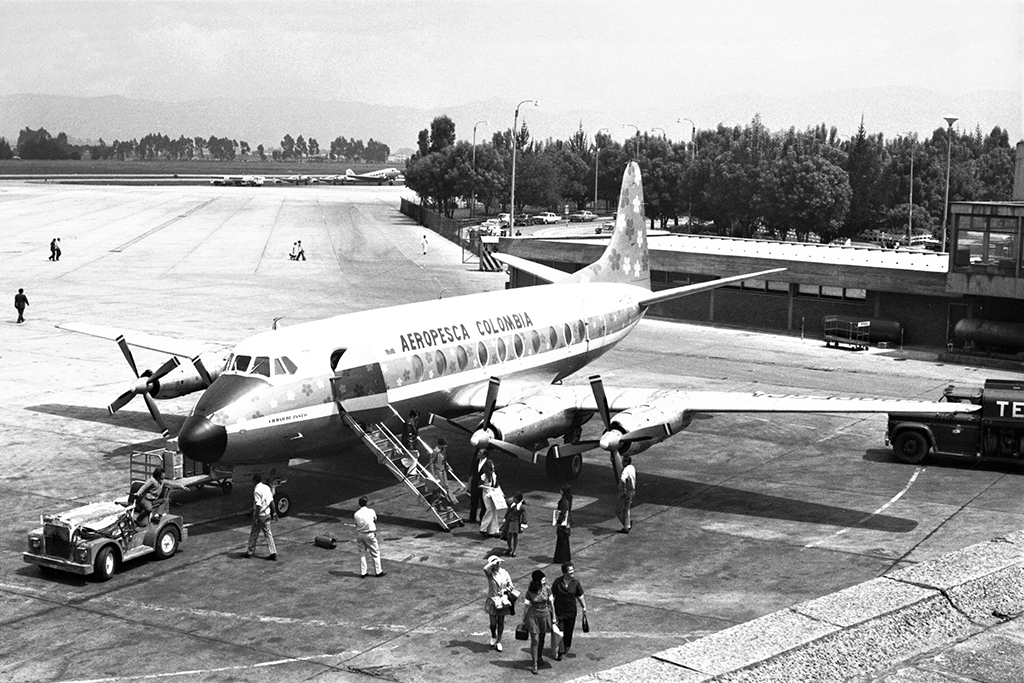
The aircraft were given the names of the cities they were to serve “Ciudad de Pasto” and “Ciudad de Popayán” respectively. Aloha Airlines maintained a technical assistance contract and helped to build up the maintenance facilities at Eldorado International Airport in Bogotá. A third Viscount carrying the registration HK-1708 and named “Ciudad de Neiva” was delivered in December 1974, followed by HK-1773 in March 1976, when the routes to Cali and Ipiales were granted, and then followed by HK-2382. When Aerolíneas TAO suspended operations, the routes to Neiva and Florencia were also granted. In 1979 AEROPESCA requested the manufacturer British Aircraft Corporation the possibility to conduct a total overhaul on their fleet. This is how, in cooperation with the Colombian Air Force Command and at their maintenance base and facilities in Madrid Air Force Base near Bogotá, a total overhaul was completed by November under the supervision of BAC.
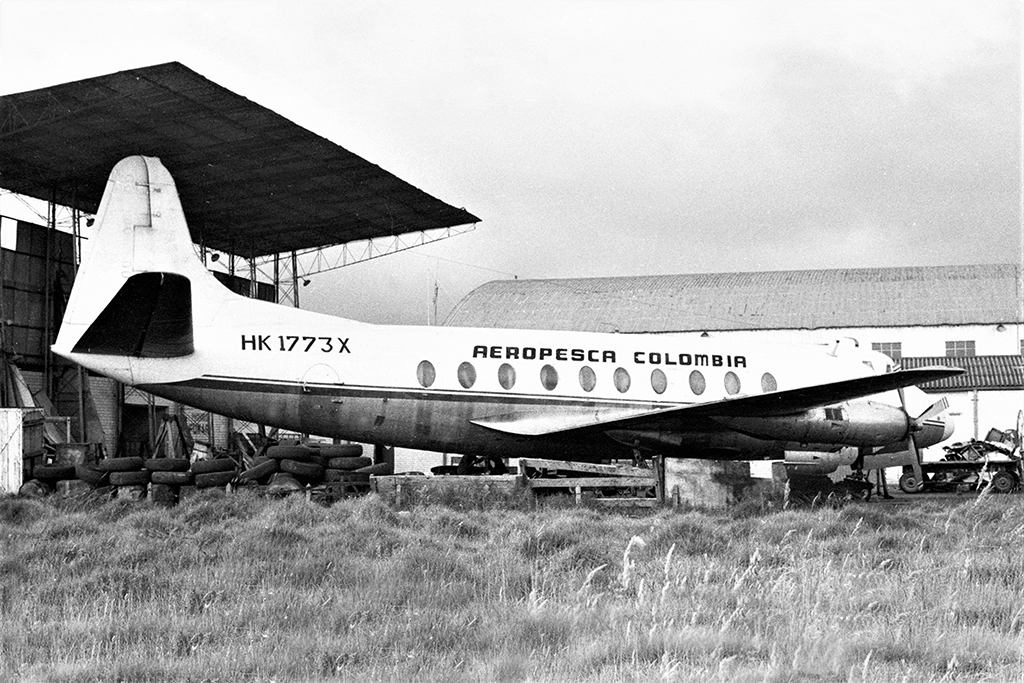
On the 26th of August 1981 HK-1320 was lost in a fatal accident near Puente Quetame, while en-route from Bogotá to Villavicencio. This was followed by the tragic loss of HK-2382 on the 29th of March 1982 near Florencia. AEROPESCA then bought YS-08C from TACA International of El Salvador, for spares. This aircraft was the original HK-943X assigned for Lloyd Aéreo Colombia that was never delivered.
With Aerolíneas TAC
Transportes Aéreos del César -TAC- acquired three Viscounts during the period 1971 to 1975 to replace their F-27 aircraft. Their aircraft, HK-1267, HK-1347 and HK-1412 were all leased for a short period of time to Líneas Aéreas La Urraca to increase capacity from their HP Heralds on their services to Valledupar and the Guajira region on the Caribbean coast. Their second aircraft HK-1347 crashed near Bogotá on the 21st of January 1972, when still on lease to La Urraca. The remaining aircraft returned to TAC at the time that new routes to Barranquilla, Medellín, Barrancabermeja and Cúcuta were granted. HK-1267 was retired on the 14th of December 1977 after a landing incident at Bucaramanga, where it was abandoned for many years until broken up. The airline chose to change their name to Aerovias del César or AEROCESAR, acquiring Viscount HK-2404 and eventually replacing their fleet by acquiring a few Sud Aviation SE 210 Caravelle jets. AEROCESAR ceased operations in 1982 and the fleet was stored and later scrapped.
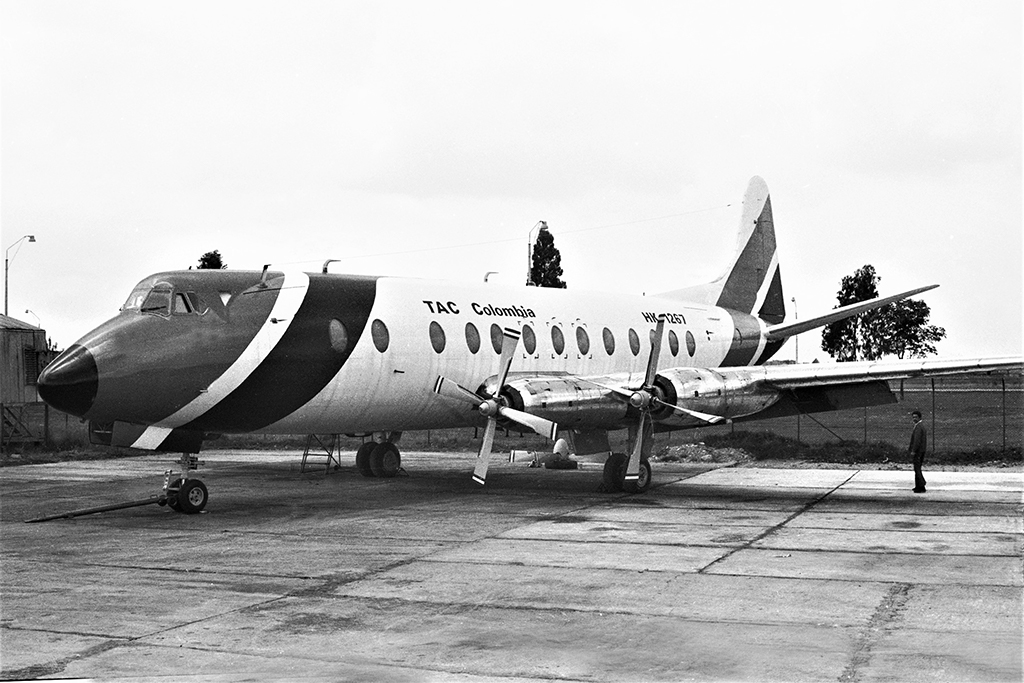
A total of fourteen Viscounts were actually registered in Colombia. Only a couple survived until the nineties. Intercontinental de Aviación, the name adopted in later years by AEROPESCA, operated HK-1708 in cargo configuration for a long time supplementing the passenger operations to the island of San Andrés. This aircraft was retired after a heavy landing incident at Medellín that took place on the 31st of March 1991. It is currently preserved in a children’s playground near Rionegro. The last passenger Viscount, HK-2404, remained in service with Intercontinental de Aviación until the mid-nineties especially during a critical period when the runway at the airport in Cúcuta was being repaired and could not accommodate larger jet aircraft. The ship was finally stored and put up for sale. No buyer was to be found. What remains of it, barely a fuselage, is now being used as a private bar at Eldorado International Airport in Bogotá. It still remains there abandoned.
The Aircraft
| Registration | C/N | Prev. ID | Remarks |
|---|---|---|---|
| HK-943X | 332 | Lloyd Aéreo Colombiano Named "Santa Margarita" Delivered Aug-1957 Sold as YS-08C |
|
| HK-946X | 333 | Lloyd Aéreo Colombiano Named "Santa Marta" Not taken up Sold as AN-AKP |
|
| HK-947X | 334 | Lloyd Aéreo Colombiano Not taken up Sold as AN-AKQ |
|
| HK-1057 | 118 | I-LIRT | Aerolíneas TAO Delivered Nov-1968 Damaged 27-Oct-1971 Rebuilt with C/N 330 wings WFU Bogotá Broken up |
| HK-1058 | 380 | I-LIZO | Aerolíneas TAO Named "Espumas" Delivered Nov-1968 W/O 8-Jun-1974 at Bucaramanga |
| HK-1061 | 327 | I-LILI | Aerolíneas TAO Delivered Nov-1970 Damaged 07-Oct-1971 at Neiva WFU Bogotá Broken up |
| HK-1267 | 441 | OE-LAL | Aerolíneas TAC Delivered Nov-1971 Leased to La Urraca Sep-1972 Returned to TAC To AEROSAR To AEROCESAR Named "Quimbaya" W/O 14-Dec-1977 WFU Bucaramanga Broken up |
| HK-1319 | 232 | N7416 | AEROPESCA Named "Ciudad de Pasto" Delivered Nov-1971 WFU |
| HK-1320 | 112 | N7414 | AEROPESCA Named "Ciudad de Popayán" W/O 26-Aug-1981 at Cerro Sta. Helena Puente Quetame |
| HK-1347 | 442 | OE-IAM | Aerolíneas TAC Delivered Oct-1971 Leased to La Urraca in 1972 W/O 21-Jan-1972 at Bogotá |
| HK-1412 | 440 | OE-LAK | Aerolíneas TAC Delivered Jan-1972 Leased to La Urraca in 1972 Named "Yurupari" |
| HK-1708 | 138 | N7440 | AEROPESCA Named Ciudad de Neiva" Delivered in 1975 To Intercontinental Converted to -F DBR 31-Apr-19991 at Rionegro WFU and preserved at CONFAMA children's playground near Rionegro |
| HK-1773 | 212 | YS-28C | AEROPESCA Named "Ciudad de Popayán" Delivered April 1976 Re-registered as HK-2382 |
| HK-2382 | 212 | HK-1773 | AEROPESCA W/O 29-Apr-1982 at Florencia |
| HK-2402 | 475 | HC-ASP | AEROCESAR Named "Sicarare" To Intercontinental At Bogotá for sale in 1996 Broken up in 1998 At Eldorado in 2021 |
| 284 | I-LIRG | Aerolíneas TAO Broken up for spares |
|
| 330 | I-LOTT | Aerolíneas TAO Broken up for spares |
|
| 332 | YS-08C | AEROPESCA Broken up for spares |
Note from the editor: Our thanks to John Davis for his help revising this article.

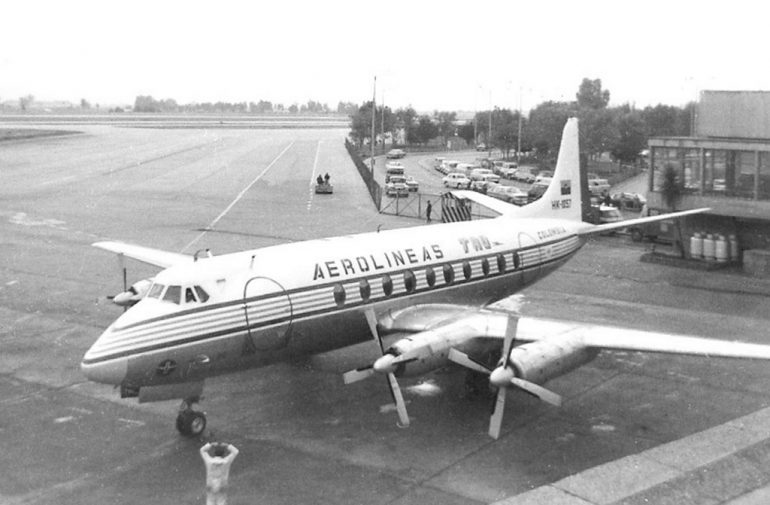
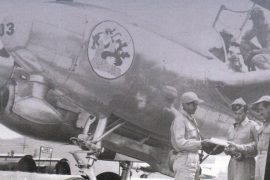
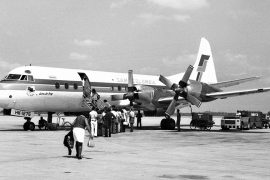
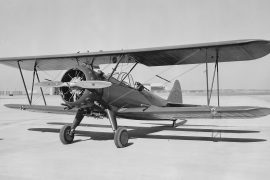
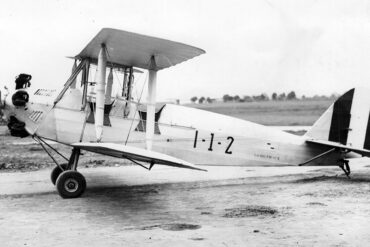
Great article! Thanks Jaime Escobar!